
Women Composing as Men: The Mask of Initials
In the years before and after 1900, many women composers obscured their gender by replacing their names with their initials. Here is a look at six of them.
There is no historical or geographical limit on what can be covered. There is no restriction on the style or genre of song or singing.
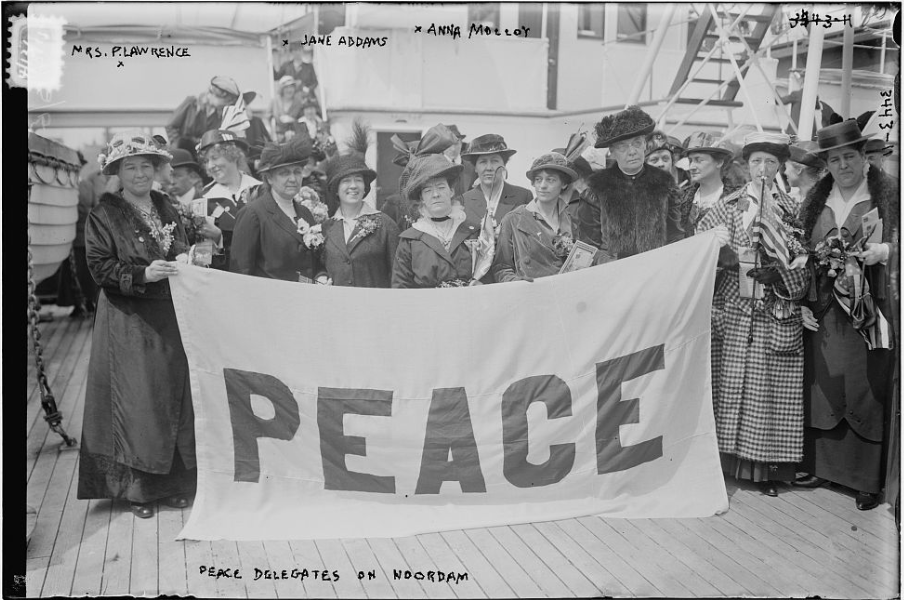
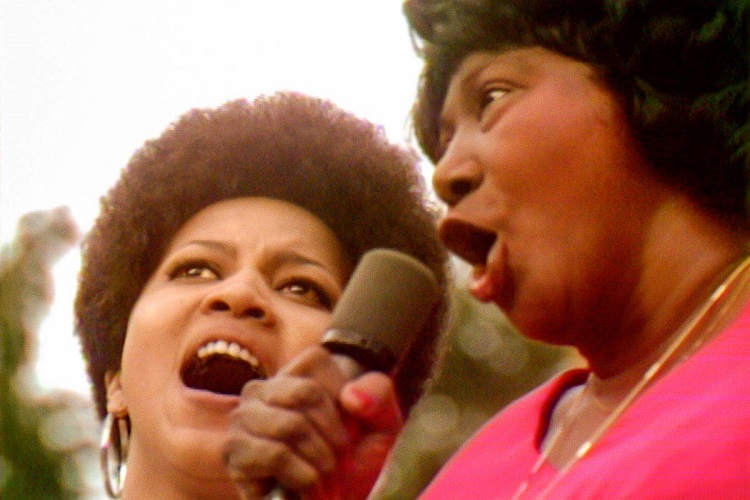

In the years before and after 1900, many women composers obscured their gender by replacing their names with their initials. Here is a look at six of them.
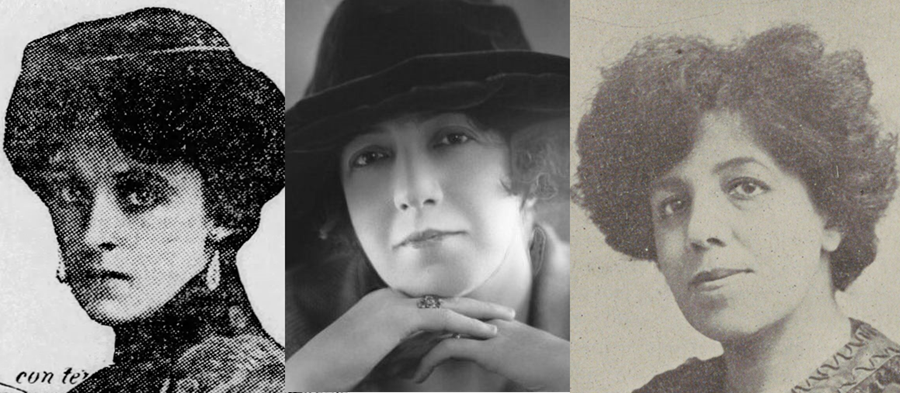
Before and after 1900 many women songwriters published their songs with male pseudonyms. Three of the most successful share an unexpected biographical trait.
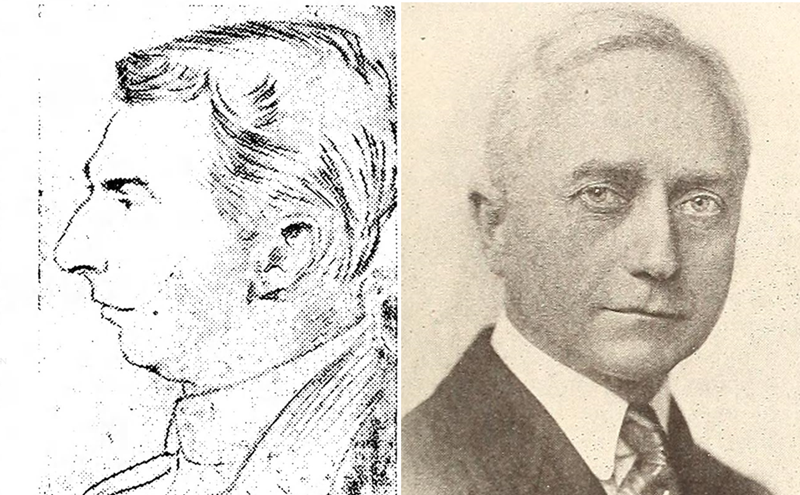
While the phenomenon of women publishing as men is well known, a century ago there were also men who published as women. Here are four of them.
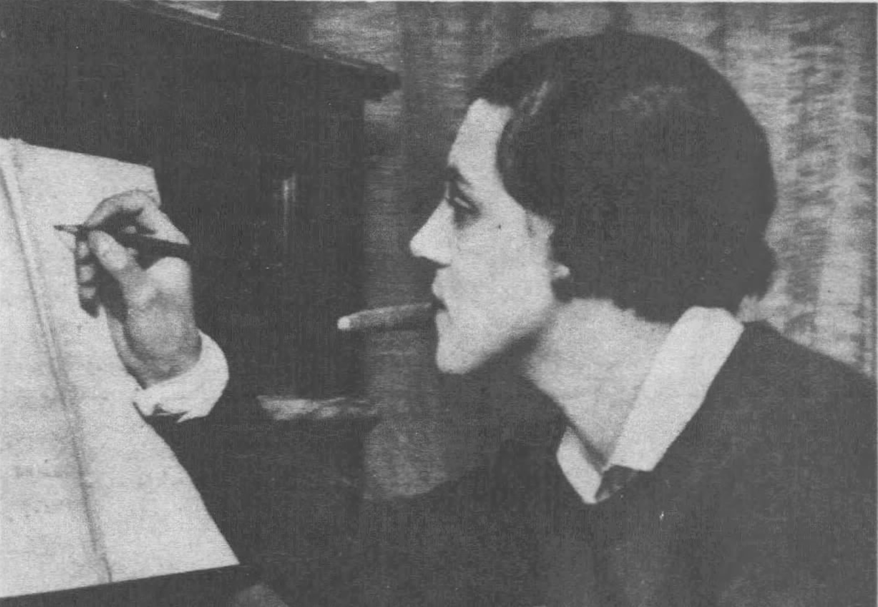
There are at least two ways to read this striking image of Vivien Lambelet: one personal, the other professional. One reading doesn’t exclude the other.
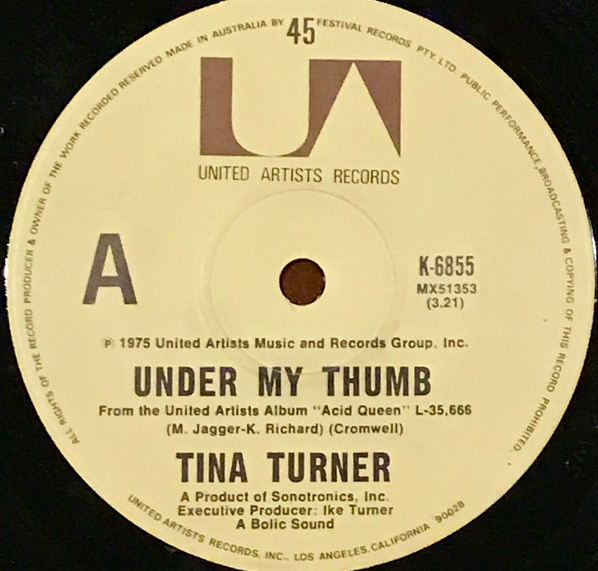
Women’s covers of Rolling Stones’ songs demonstrate the practice of singers covering a previous cover rather than the original version of a song.
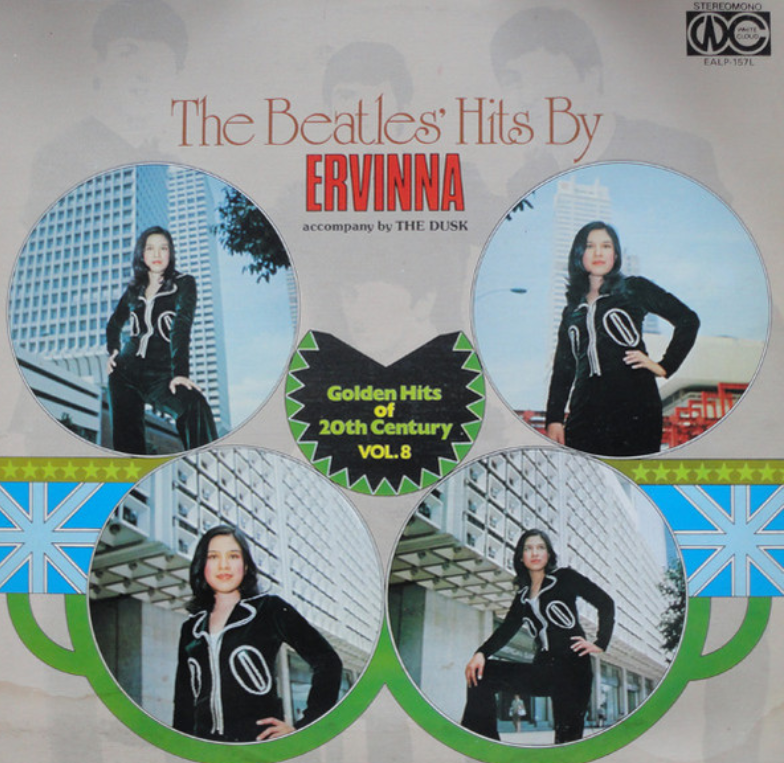
Translations and cover songs raise many of the same questions. This post (and playlist) looks at how young women transformed Beatles songs on their debut albums.
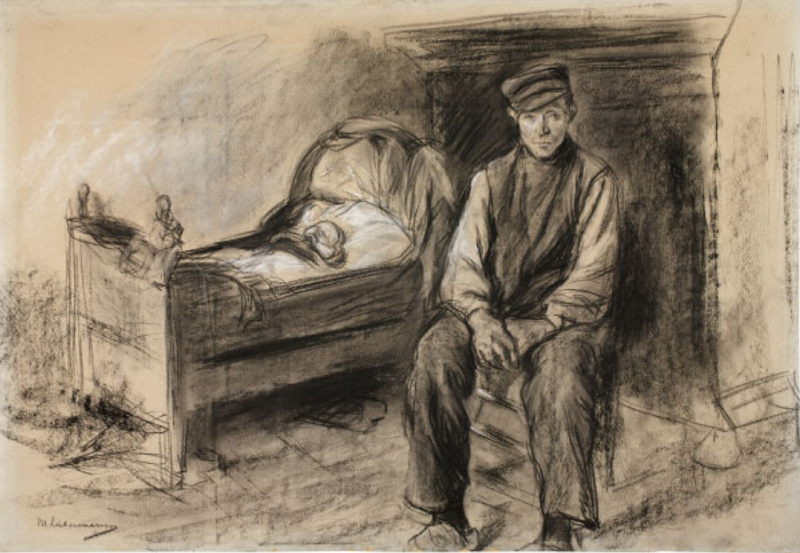
Carrie Jacobs-Bond’s song, “His Lullaby,” routinely moved entire audiences to tears, especially when sung by Ernestine Schumann-Heink. I offer some thoughts on why this happened.
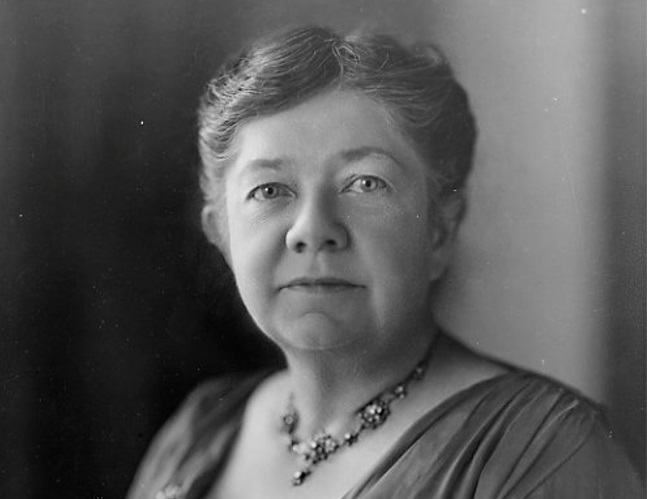
Four exceptional women composers underwent mid-career conversions. Having favored male poets for the first decades of their careers, they began in their 40s to favor women poets.
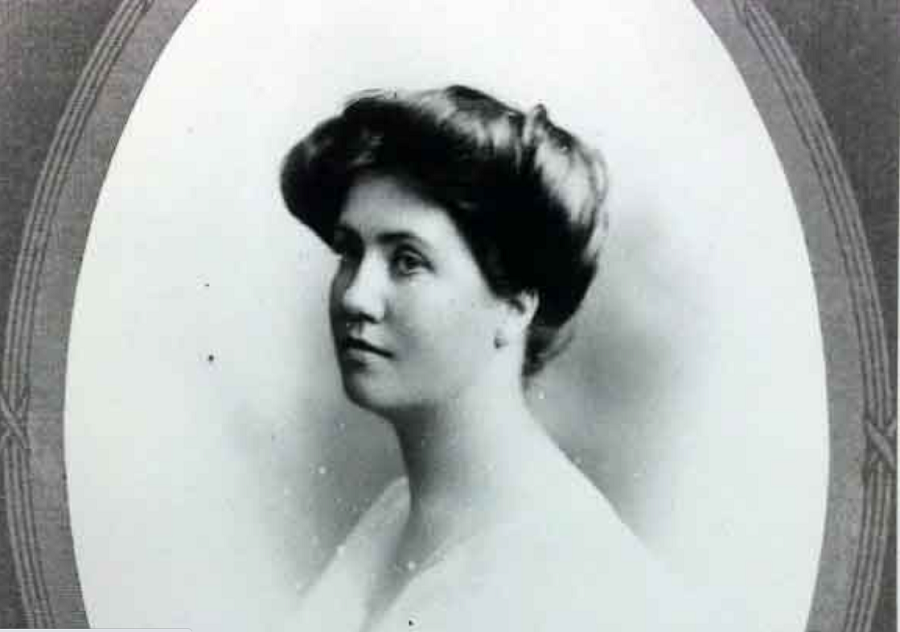
In the decades before and after 1900, did it matter to women composers whether the poems they set were written by a man or a woman?
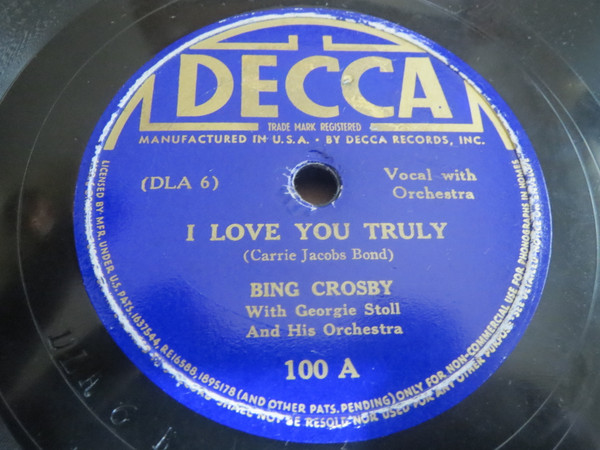
Even as churches ban “I Love You Truly,” brides and grooms embrace it, as do films, radio broadcasts, and recording companies.